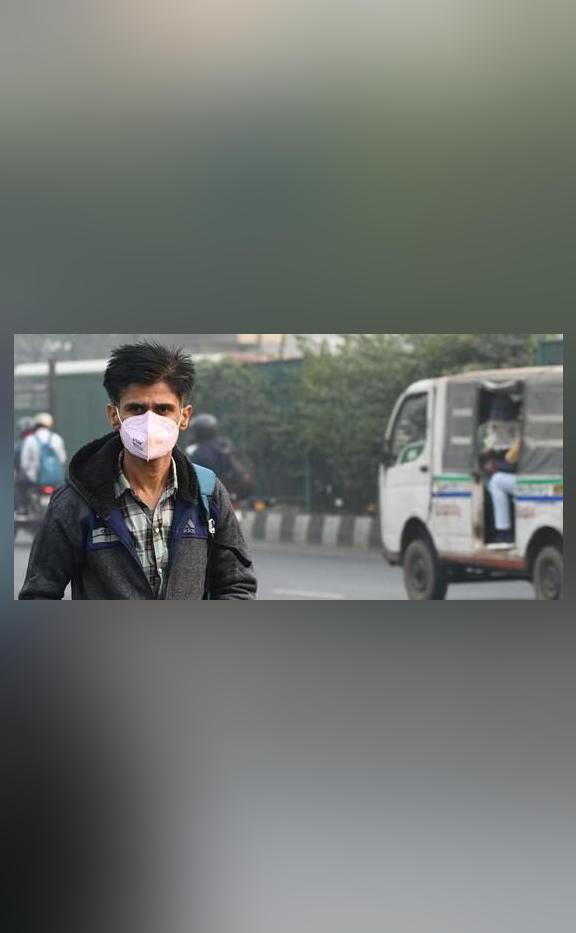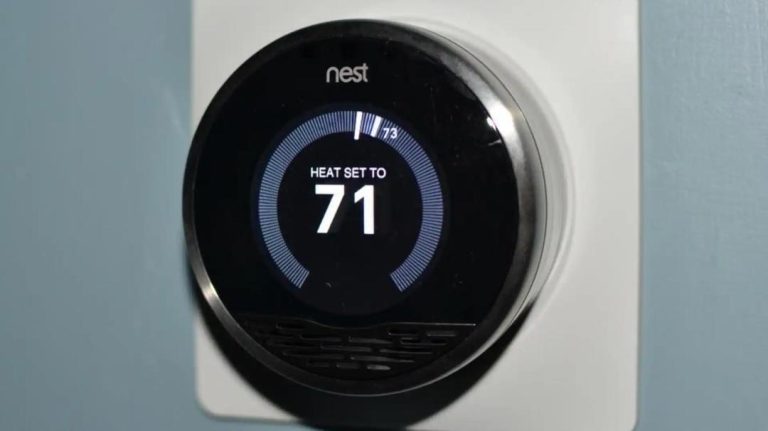
Delhi’s AQI Remains ‘Satisfactory’ for 11 Days in a Row
For the first time this year, Delhi has recorded a clean spell of 11 consecutive days with an Air Quality Index (AQI) staying below 100, which is considered ‘satisfactory’. This remarkable streak has raised hopes of a significant improvement in the city’s air quality. The AQI, which measures the level of pollutants in the air, has been consistently remaining in the ‘satisfactory’ category, with the highest reading being 93 on Sunday.
The Delhi Pollution Control Committee (DPCC) monitors the AQI on a daily basis, and its data has been consistently showing a downward trend in the past few weeks. The AQI is categorized into six levels, ranging from ‘good’ to ‘severe’, with ‘satisfactory’ being the second-highest level. An AQI below 50 is considered ‘good’, while readings between 51 and 100 are considered ‘satisfactory’.
This prolonged period of good air quality is a welcome relief for the residents of Delhi, who have been struggling with poor air quality for several years. The city’s air quality has been consistently ranked among the worst in the world, with high levels of particulate matter (PM), nitrogen dioxide (NO2), and ozone (O3) contributing to the poor air quality.
The reasons behind this improvement in air quality are still unclear, but experts attribute it to a combination of factors, including a decrease in industrial activities, a slight dip in temperature, and a decrease in vehicular emissions. Additionally, the Delhi government’s efforts to reduce pollution, such as the implementation of the Odd-Even scheme and the promotion of electric vehicles, may also have contributed to the improvement in air quality.
However, the Delhi Meteorological Department (IMD) has issued a yellow alert for Monday, forecasting light to moderate rain, which may disrupt the city’s air quality. The IMD has predicted temperatures to hover around 33°C during the day and 26°C at night, which may lead to a slight increase in humidity and a corresponding increase in pollution levels.
While the current spell of good air quality is a welcome relief, it is essential to maintain this trend and continue to work towards reducing pollution levels in the city. The Delhi government, along with other stakeholders, must continue to implement policies and initiatives aimed at reducing pollution and improving the city’s air quality.
In the meantime, residents of Delhi can take steps to further improve the air quality by adopting environmentally friendly practices, such as using public transport, carpooling, and reducing their reliance on fossil fuels. Additionally, individuals can take steps to reduce their own carbon footprint by reducing energy consumption, using energy-efficient appliances, and promoting sustainable living practices.
Conclusion:
The recent streak of good air quality in Delhi is a significant improvement and a welcome relief for the residents of the city. While the exact reasons behind this improvement are still unclear, it is essential to maintain this trend and continue to work towards reducing pollution levels in the city. The Delhi government, along with other stakeholders, must continue to implement policies and initiatives aimed at reducing pollution and improving the city’s air quality. In the meantime, residents of Delhi can take steps to further improve the air quality by adopting environmentally friendly practices and reducing their own carbon footprint.
Source: https://repository.inshorts.com/articles/en/PTI/96072f23-3ed8-42b8-926d-6d5c4b4b16fb






